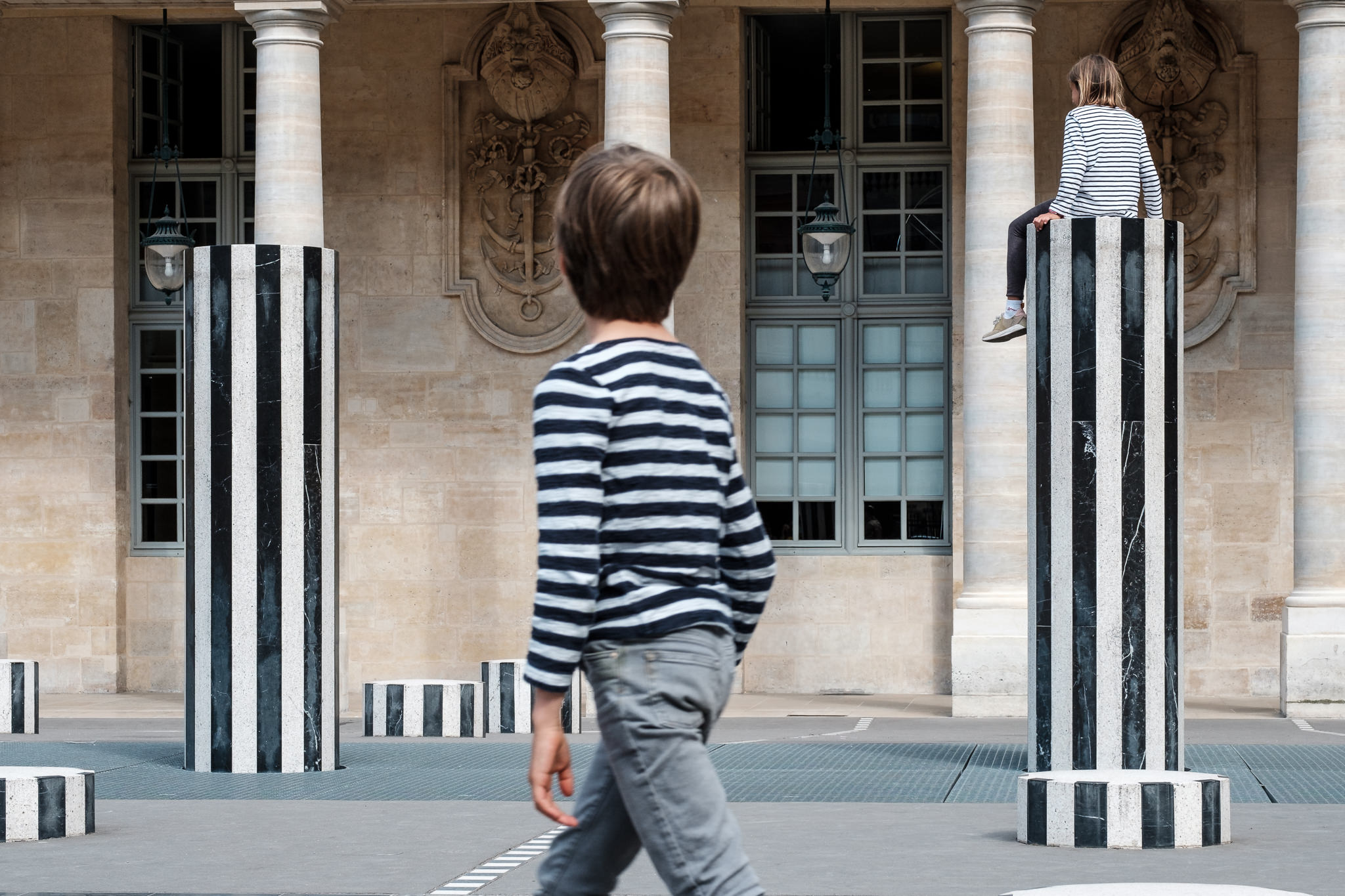Street Photographers Can Be Fun For Everyone
Street Photographers Can Be Fun For Everyone
Blog Article
The Of Street Photographers
Table of ContentsStreet Photographers - An OverviewStreet Photographers Can Be Fun For AnyoneThe Of Street PhotographersStreet Photographers for BeginnersIndicators on Street Photographers You Need To Know
Street digital photographers do not necessarily have a social purpose in mind, yet they like to isolate and record minutes which could otherwise go undetected.Though he was influenced by much of those that affected the street professional photographers of the 1950s and '60s, he was not primarily interested in recording the spirit of the street. The impulse to aesthetically document individuals in public began with 19th-century painters such as Edgar Degas, douard Manet, and Henri de Toulouse-Lautrec, that functioned side by side with photographers trying to capture the essence of city life.
As a result of the fairly primitive technology offered to him and the long direct exposure time called for, he struggled to catch the hustle and bustle of the Paris roads. He tried out with a collection of photographic methods, attempting to locate one that would certainly allow him to record movement without a blur, and he found some success with the calotype, patented in 1841 by William Henry Fox Talbot. While the photographers' topic was essentially the same, the results were considerably different, showing the effect of the digital photographer's intent on the personality of the images he produced.
Offered the fine quality of his photos and the breadth of product, engineers and artists commonly bought Atget's prints to use as recommendation for their very own job, though commercial interests were barely his primary motivation. Instead, he was driven to photograph every last remnant of the Paris he loved. The mingled passion and seriousness of his objective luster through, leading to photos that tell his very own experience of the city, top qualities that anticipated street photography of the 20th century.
All about Street Photographers
They disclose the city with his eyes. His job and fundamental understanding of digital photography as an art kind acted as motivation to generations of digital photographers that complied with. The future generation of street professional photographers, though they likely did not refer to themselves as such, was introduced by the photojournalism of Hungarian-born photographer Andr Kertsz.
Unlike his peers, Brassa made use of a larger-format Voigtlnder electronic camera with a longer direct exposure time, forcing him to be extra computed and thoughtful in his practice than he may have been if using a Leica. (It is assumed that he might not have had the ability to afford a Leica during that time, however he did, however, use one in the late 1950s to take colour photographs.) Brassa's pictures of the Paris underworld lit up by artificial light were a revelation, and the collection of the series that he published, (1933 ), was a significant success.
Cartier-Bresson was a champion of the Leica camera and one of the first professional photographers to optimize its capacities. The Leica enabled the digital photographer to communicate with the environments and to record moments as they took place. Its relatively little dimension likewise assisted the professional photographer discolor right into the background, which was Cartier-Bresson's favored strategy.
A Biased View of Street Photographers
It is due to the fact that of this fundamental understanding of the art of picture taking that he is often credited with uncovering the tool throughout once again approximately a century considering that its innovation. He took photographs for greater than a half century More Info and affected generations of digital photographers to trust their eye and intuition in the minute.
These are the concerns I shall try to respond to: And after that I'll leave you with my own definition of road photography. Yes, we do. Allow's kick off with specifying what a meaning is: According to (Street Photographers) it is: "The act of defining, or of making something certain, distinct, or clear"
No, most definitely not. The term is both limiting and misinforming. Seems like a street digital photography ought to be images of a roads best?! And all road digital photographers, with the exception of a tiny number of absolute beginners, will completely value that a road is not the essential part to street digital photography, and really if it's a photo of a street with maybe a couple of boring people doing nothing of passion, that's not street digital photography that's a photo of a look at this website street.
Street Photographers for Dummies
He makes a valid point don't you believe? While I agree with him I'm not sure "honest public digital photography" will catch on (although I do kind of like the term "candid photography") due to the fact that "street digital photography" has actually been around for a lengthy time, with many masters' names affixed to it, so I believe the term is here to stay (Street Photographers).
You can shoot at the coastline, at an event, in an alley, in a park, in a piazza, in a cafe, at a gallery or art gallery, in a metro station, at an occasion, on a bridge, under a bridge ...
Yes, I'm afraid we scared no choice! Without rules we can not have a definition, and without a definition we don't have a category, and without a style we don't have anything to define what we do, and so we are stuck in a visit homepage "policies interpretation genre" loop!
Some Known Details About Street Photographers

Report this page